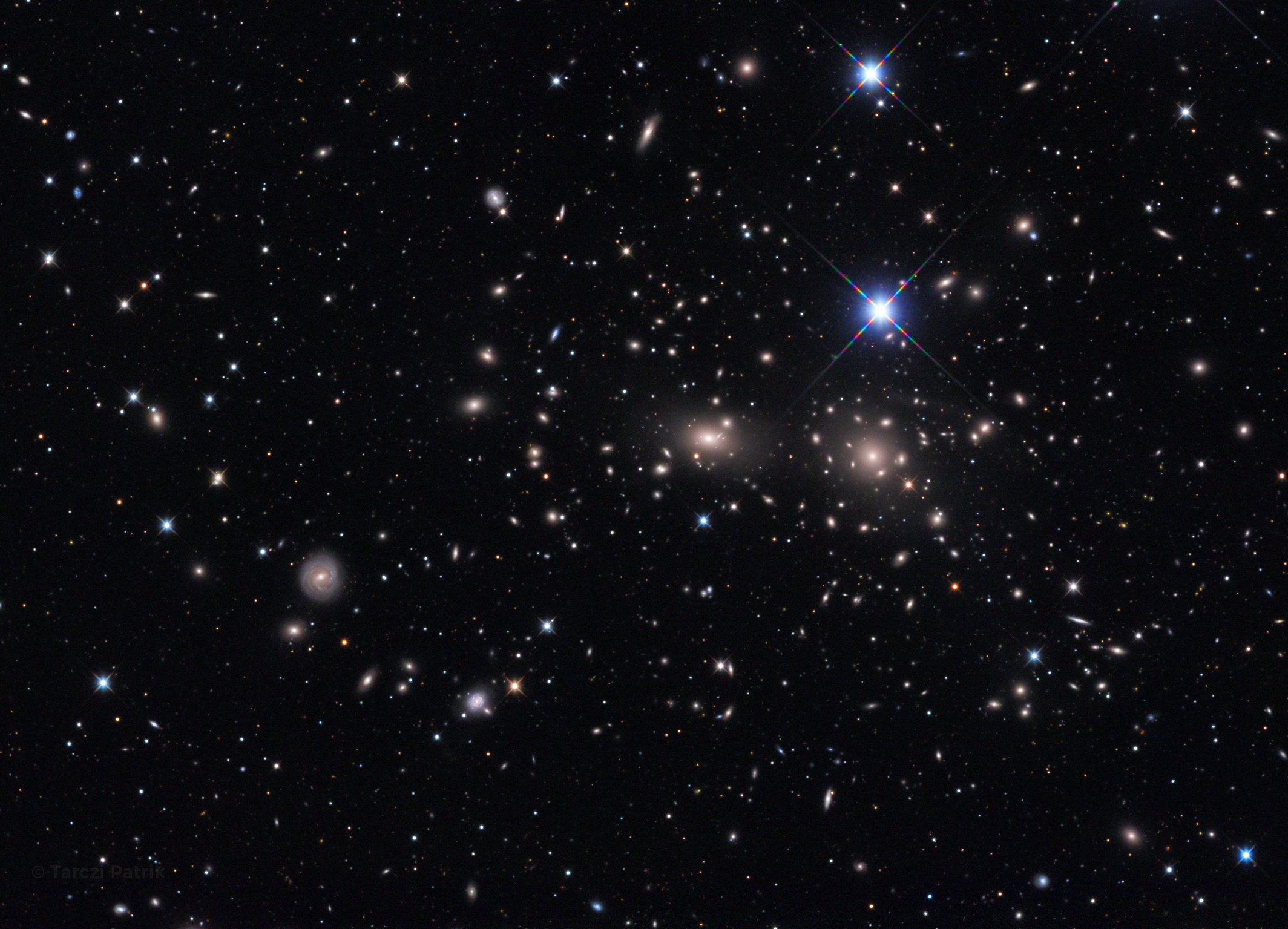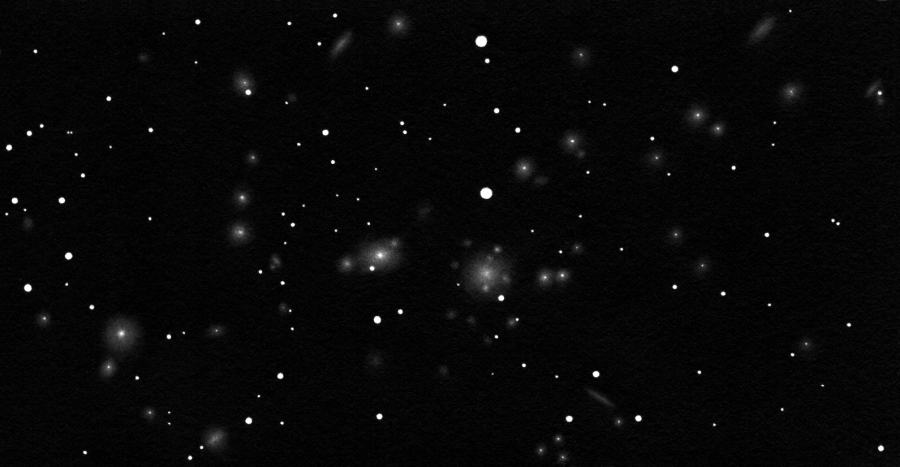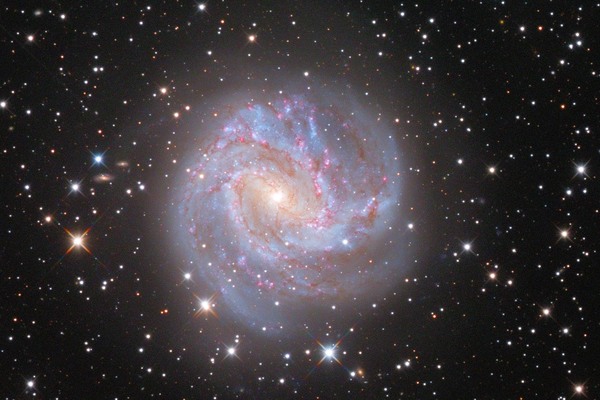Coma Cluster of Galaxies
A dense cluster in Coma Berenices

Technical data
| Instrument: | 173/700 Newton-astrograph (ZsIO), SkyWatcher comacorrector F/4 |
| Camera: | Atik One 6.0 |
| Filter: | Astronomik Deep-Sky LRGB, Astronomik L1 |
| Mount: | SkyWatcher NEQ6 Pro Synscan (modified) |
| Guiding: | Lacerta M-Gen autoguider, OAG |
Image data
| Exposure time: | Sum.: 17 hours; L: 7.5 hours, R: 4.5 hours, G: 3.1 hours, B: 3.5 hours |
| Location, date: | Hungary, Izsákfa - 2017. April, May |
| Transparency: | 4/10 |
| Temperature: | 17 °C |
| FWHM: | 3.00" |
| Processing: | CCDStack, Registar, Pixinsight LE, Photoshop |
Description
Coma Cluster is a dense cluster of galaxies in constellation Coma Berenices. It contains over 1,000 identified galaxies. Along with the Leo Cluster, they make up the Coma Supercluster.
The central region is dominated by two supergiant elliptical galaxies: NGC 4874 and NGC 4889, these can be found in the middle of the photo. The cluster is within a few degrees of the north galactic pole on the sky. Most of the galaxies that inhabit the central portion of the Coma Cluster are ellipticals.

Visual Observation
The ten brightest galaxies are about 11-14 magnitude, though they are quite easy to catch with an amatour telescope. Peter Kiss in the spring of 2015 made an amazingly detailed drawing of Come Cluster. Hava a look at it!
![Coma Halmaz FWHM [ " ] Coma Halmaz FWHM [ " ]](http://www.patrikphoto.com/rimg/1/212_577_11ae7278_ComaFWHM.jpg)
Technical data
| Instrument: | 173/700 Newton-astrograph (ZsIO), SkyWatcher comacorrector F/4 |
| Camera: | Atik One 6.0 |
| Filter: | Astronomik Deep-Sky LRGB, Astronomik L1 |
| Mount: | SkyWatcher NEQ6 Pro Synscan (modified) |
| Guiding: | Lacerta M-Gen autoguider, OAG |
Image data
| Exposure time: | Sum.: 17 hours; L: 7.5 hours, R: 4.5 hours, G: 3.1 hours, B: 3.5 hours |
| Location, date: | Hungary, Izsákfa - 2017. April, May |
| Transparency: | 4/10 |
| Temperature: | 17 °C |
| FWHM: | 3.00" |
| Processing: | CCDStack, Registar, Pixinsight LE, Photoshop |
Recommended photos

M106 and it's neighborhood
The most famous galaxy in the constellation Canes Venatici and it's rich surroundings can be seen here.

Southern Pinwheel Galaxy
Southern Pinwheel Galaxy, also known as the M83, is a barred spiral galaxy located in the southern constellation Hydra.

The Wizard Nebula
The Wizard Nebula, NGC7380 is located in constellation Cepheus, which lies roughly 8000 light-years away. It is categorized with number 142 by Stewart Sharpless in 1958.


